In a world where artificial intelligence (AI) is becoming increasingly sophisticated, a question that continues to spark both fascination and concern is whether machines can truly understand human intent. From chatbots that converse fluently to virtual assistants like Siri and Alexa, technology appears to have made significant strides. But when we take a closer look, the question becomes more complex. Does AI truly “understand,” or is it merely mimicking understanding through patterns and algorithms?
This article explores this question in depth, touching on the nature of human understanding, how machines process language, the limits of AI comprehension, and the ethical implications of creating machines that can simulate human understanding.
1. The Nature of Human Understanding
To examine whether machines can understand what we mean, it is essential to first define what human understanding actually is. At its core, human understanding involves the ability to grasp meanings, contexts, and intentions behind words, actions, and situations. It’s not just about recognizing patterns but also about interpreting nuances, emotions, and even unspoken cues.
For example, if someone says, “I’m starving,” a human listener doesn’t just interpret the words literally—they understand that the person is likely asking for food or expressing strong hunger. They also pick up on the tone of voice, body language, and previous context to add layers of interpretation. This complex, multi-dimensional understanding is what machines are far from replicating.
2. How Machines Process Language
To understand why machines struggle with truly “understanding” language, it’s important to know how they process information. Modern AI systems, especially in natural language processing (NLP), work primarily through machine learning algorithms. These algorithms learn by processing vast amounts of text data, identifying patterns, and making predictions based on probabilities.
For instance, an AI model like GPT (Generative Pre-trained Transformer) is trained on millions of text samples. When you ask a question or make a statement, it doesn’t “understand” in the human sense. Instead, it predicts the next most likely word or phrase based on the context it has learned during training. While this can result in highly convincing responses, these are still based on statistical inferences, not true comprehension.

Think of it like a parrot. A parrot can repeat words and sentences, but it doesn’t understand their meaning. Similarly, AI systems are designed to output responses that mimic human-like conversation, but without any real internal understanding of the concepts or emotions behind the words.
3. The Limitations of AI in Understanding Context and Emotions
One of the key differences between human understanding and AI “understanding” is context. Humans rely heavily on context to interpret meaning. A word, phrase, or sentence can have different meanings depending on the situation in which it’s used. Consider the sentence “She is feeling blue.” Without knowing that the speaker is referring to emotions and not the color of the sky, a machine might misinterpret this statement.
In contrast, AI systems struggle with this kind of contextual variation. While they may have access to huge amounts of data and context from previous conversations, they still lack the deep understanding of human experience that allows us to interpret subtle cues like irony, sarcasm, or empathy. An AI can analyze the words and perhaps guess their emotional tone based on surrounding phrases, but it doesn’t “feel” anything. It lacks the personal, subjective experience that shapes how humans interpret and respond to emotions.
4. Can AI Mimic Human Understanding?
While AI cannot truly “understand” in the way humans do, there are systems that can mimic human understanding to a certain degree. These AI models can simulate empathy, tone, and even humor by predicting what would be appropriate in a given context. They use vast datasets and sophisticated algorithms to generate responses that are often indistinguishable from what a human might say.
For instance, AI chatbots are designed to handle customer service queries. They often sound quite human, offering solutions, asking follow-up questions, and adapting based on the responses they receive. However, these systems are ultimately limited by the data they have been trained on and the specific rules they have been programmed to follow.
In short, while machines can simulate understanding, their responses are based on algorithms rather than true comprehension of the meaning behind the words.
5. Neural Networks and the Future of AI Understanding
One of the most promising advancements in AI research lies in neural networks, which attempt to replicate the structure of the human brain. These networks use layers of artificial neurons to process information and learn from it. As AI models become more sophisticated, they are able to learn from an increasingly complex set of inputs, allowing them to generate responses that are more nuanced and contextually relevant.
Despite these advances, neural networks still face fundamental challenges in replicating human cognition. For example, they lack the ability to perform abstract reasoning, engage in deep thought, or make decisions based on emotions and values. AI models can be highly accurate in solving specific tasks but remain incapable of performing the wide variety of cognitive functions that humans can.
6. The Ethical Implications of AI Understanding
The question of whether machines can truly understand what we mean is not just a technical one—it also has significant ethical implications. As AI continues to evolve, it could eventually take on roles traditionally performed by humans, such as therapists, educators, and even decision-makers in important fields like healthcare and law.

If machines are only simulating understanding, we must consider how this affects human interactions with AI. Is it ethical to allow machines to engage in conversations that might require empathy or emotional intelligence? What happens if a person forms a bond with an AI system, believing it understands them, only to realize that it’s simply following patterns?
Furthermore, AI’s limitations in understanding can also create risks. For instance, chatbots used in customer service might misunderstand a user’s emotional distress, resulting in unsatisfactory or even harmful responses. AI used in critical areas, such as medical diagnosis, could make inaccurate conclusions due to its lack of true understanding of the patient’s lived experience.
7. Moving Toward More Human-Like AI: The Road Ahead
As AI technology advances, researchers are working on developing more sophisticated systems that can approach human-like understanding. Techniques like transfer learning, where a model trained on one task can adapt to a different one, and reinforcement learning, where an AI system learns through trial and error, are helping make machines more adaptable and responsive.
However, even the most advanced AI systems are still far from achieving the kind of deep, nuanced understanding that humans possess. Machines might one day be able to simulate understanding more convincingly, but they will never experience the world in the same way we do. This raises questions about what it means to be “truly” intelligent and whether machines should be considered “conscious” or capable of “understanding” in the human sense.
Conclusion: The Boundaries of Machine Understanding
In conclusion, while AI has made impressive strides in simulating human-like conversations and processing vast amounts of data, it still lacks true understanding. Machines can analyze language, predict responses, and even simulate empathy, but they do not “feel” or “experience” the way humans do. The gap between mimicking understanding and actually understanding is vast and, for the time being, remains beyond the reach of AI.
As AI continues to evolve, it may one day become more adept at simulating human understanding, but the question remains: can a machine ever truly understand what we mean? Perhaps the answer lies not in teaching machines to replicate human cognition, but in recognizing the limits of machine intelligence and accepting the unique qualities that make human understanding so special.




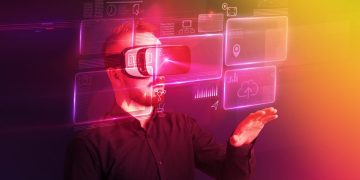
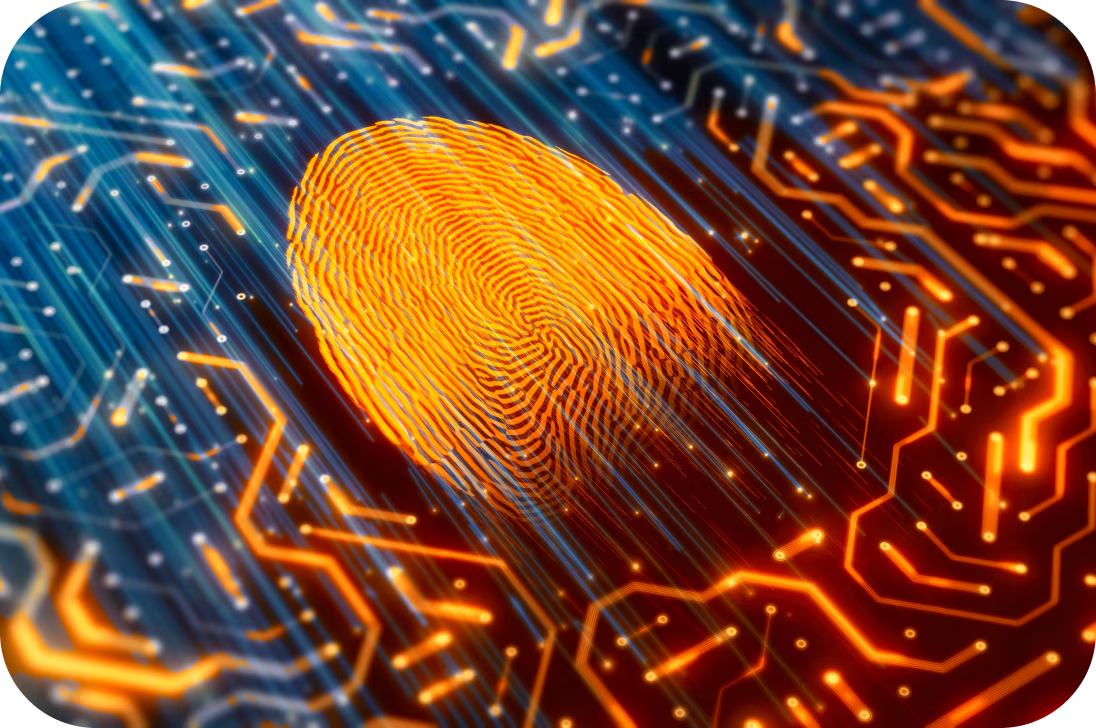



















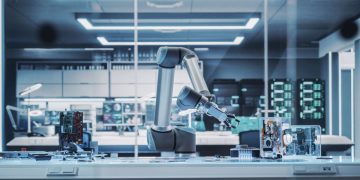








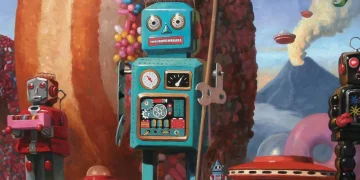


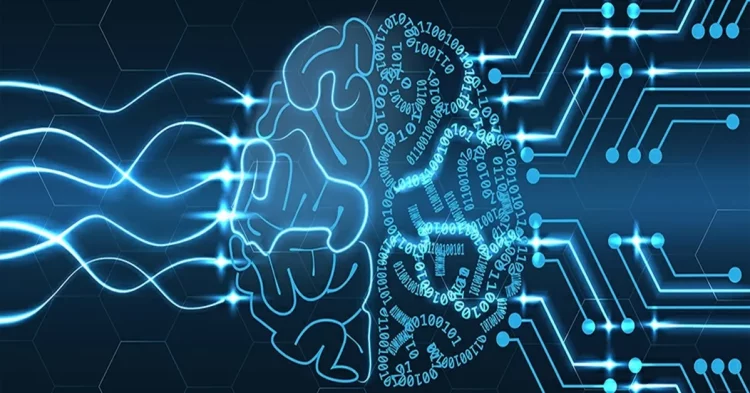












Discussion about this post